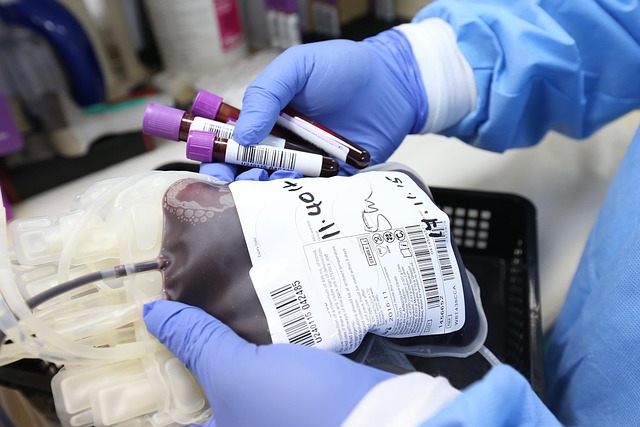Jewellery: materials, care, selection and trusted local services
Jewellery has long been both personal expression and craft: small objects fashioned from metals and stones can carry sentimental, cultural and financial value. Whether you own a simple silver chain, a gemstone ring, or heritage pieces, understanding materials, maintenance and how to choose or verify items helps you make informed decisions and preserve their appearance and worth over time.

What materials are commonly used in jewellery?
Common metals include gold, silver and platinum, each with distinct properties. Gold is measured in karats (typically 9K, 14K, 18K in the UK), with higher karat values indicating greater gold content and softer metal. Sterling silver (marked 925) is popular for affordability and sheen but tarnishes more easily. Platinum is denser and more durable, often used for settings that hold precious stones. Base metals such as brass or stainless steel are common in costume jewellery.
Gemstones vary from diamonds and sapphires to emeralds and semi-precious stones like amethyst or topaz. Natural stones have characteristic inclusions and variability; lab-grown alternatives share chemical composition with natural stones but are created in controlled conditions. Pearls, whether cultured or natural, are organic and more sensitive to acids and abrasion. Alloys and plating (such as vermeil or gold-plated pieces) affect longevity and appearance; understanding hallmarks and composition marks helps identify what you own.
How to care for different types of jewellery?
Care routines depend on materials. For gold and platinum, gentle cleaning with warm water, mild detergent and a soft brush is usually sufficient. Silver benefits from periodic polishing with a cloth designed to remove tarnish; store it in anti-tarnish bags or sealed containers to slow oxidation. Pearls and certain porous gemstones should avoid prolonged water exposure and household chemicals; wipe them with a soft cloth after wear.
Avoid wearing jewellery during heavy manual work, swimming in chlorinated pools or using strong cleaning agents. Store pieces separately to prevent scratches—use soft pouches or lined drawers. Regular checks of settings, clasps and prongs can prevent stone loss; small issues are often inexpensive to repair if addressed early. For valuable pieces, professional cleaning and inspection by a reputable jeweller every 12–24 months is a sensible precaution.
How to choose jewellery for occasions and daily wear?
Consider durability, comfort and style when choosing jewellery for daily use versus special occasions. Durable metals and low-profile settings work well for everyday rings and bracelets because they resist snags and impacts. Softer metals or tall stone settings may be better reserved for occasional wear. Match gemstones and metal colours to personal taste and typical wardrobe tones—warm gold complements autumnal palettes, while silver and white gold pair well with cooler tones.
Measure fit precisely: rings should sit snug but move comfortably over the knuckle; bracelets should allow slight motion without sliding off. For heirloom or sentimental purchases, documentation such as certificates, receipts and engravings can help maintain provenance. When selecting jewellery as a gift, consider hypoallergenic options if the recipient has metal sensitivities, and choose versatile pieces that can be layered or worn solo.
Where to find reliable local services and verification?
Finding reputable local services involves checking for credentials, customer reviews and transparency about materials and procedures. Look for jewellers who provide hallmarking, written appraisals and clear information about metal content or gemstone origin. Independent gemmological reports (from recognised labs) are especially useful for high-value stones. Local services often include resizing, bespoke design, stone setting, and repair; confirm turnaround times and warranties before agreeing to work.
For valuation and insurance, seek certified appraisers or jewellers who can provide a written appraisal suitable for insurance purposes. Many local jewellers also offer secure cleaning and maintenance services. When buying second-hand or estate jewellery, request documentation and, where available, lab reports; ask about return policies and checks for remodelling or prior repairs. Keep receipts and photographs of valuable pieces for records and insurance claims.
Considerations about cost and value
Prices for jewellery vary widely based on metal purity, gemstone quality, brand and craftsmanship. Custom or handcrafted pieces typically command higher labour costs than mass-produced items. For budget-conscious shoppers, options include lower-carat gold, silver, gold vermeil, or lab-grown gemstones, which often cost less than their natural counterparts while offering similar appearance. For investment pieces, factors such as metal market value, gemstone rarity, provenance and condition influence long-term worth.
Prices, rates, or cost estimates mentioned in this article are based on general market patterns and may change over time. Independent research is advised before making financial decisions.
Conclusion
Understanding the materials, maintenance needs and verification options for jewellery helps you select pieces that suit your lifestyle and keep them in good condition. Whether shopping locally, commissioning bespoke work or caring for heirlooms, prioritise clear information about composition, practical care, and trustworthy services to protect both sentimental and monetary value.



